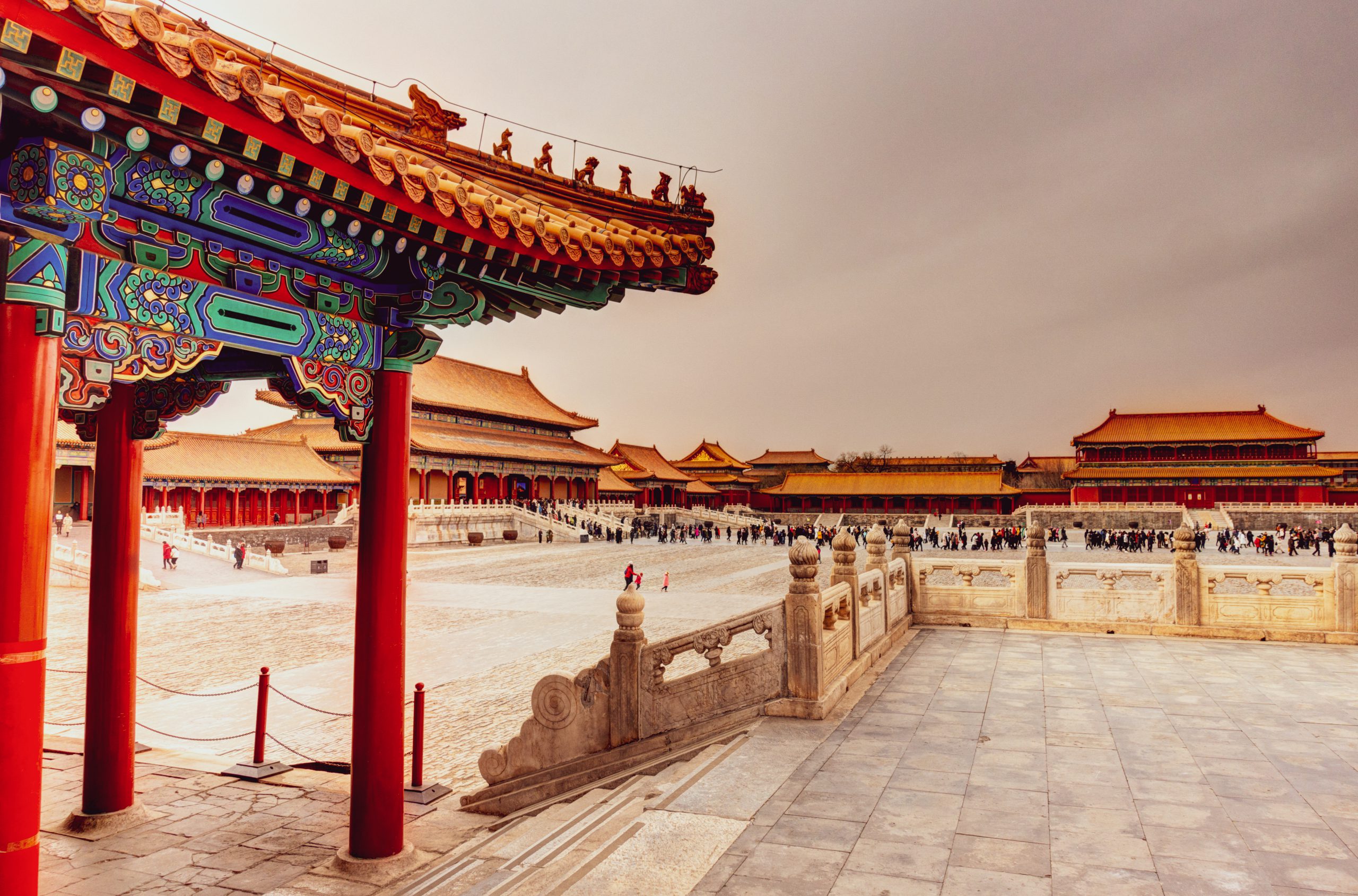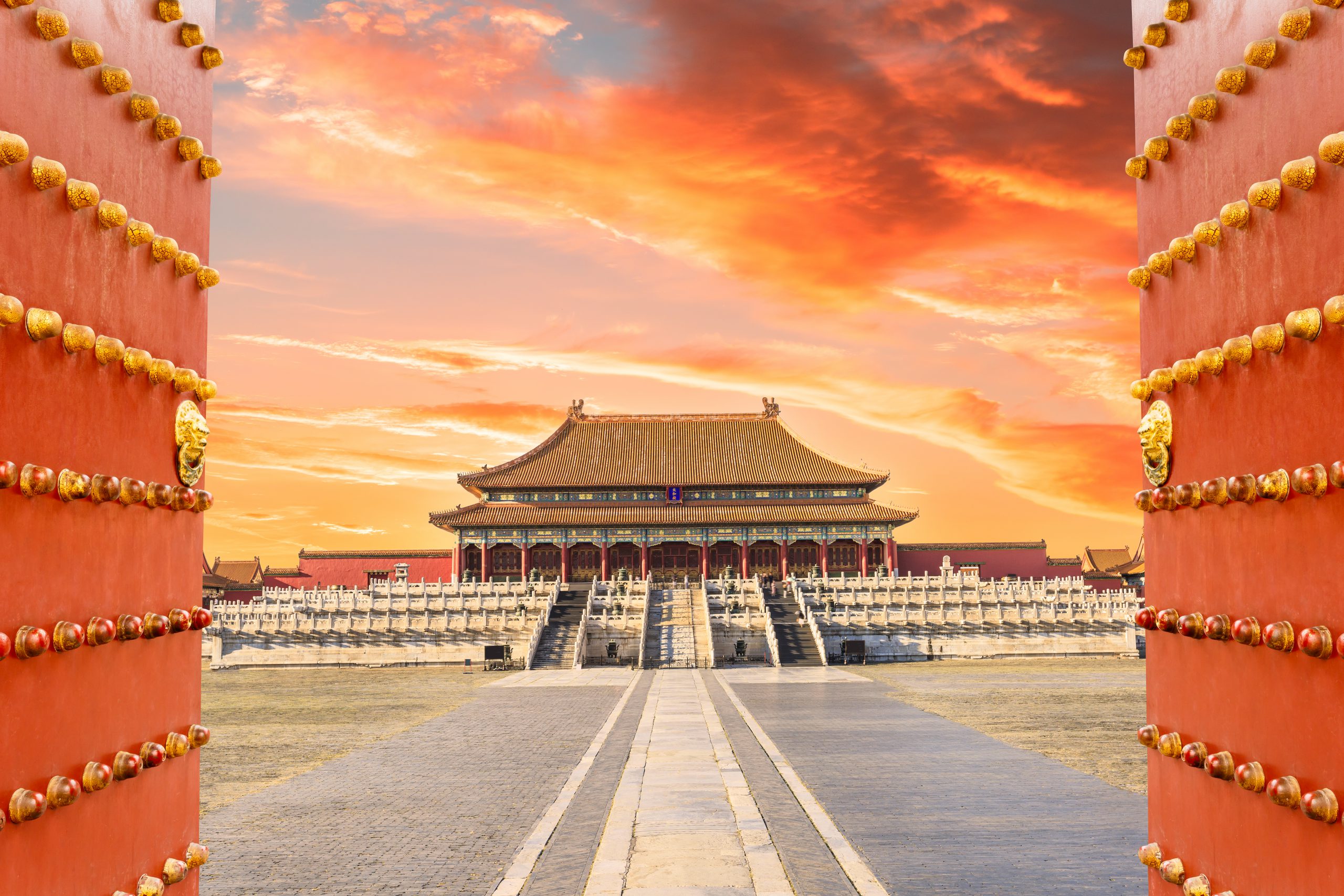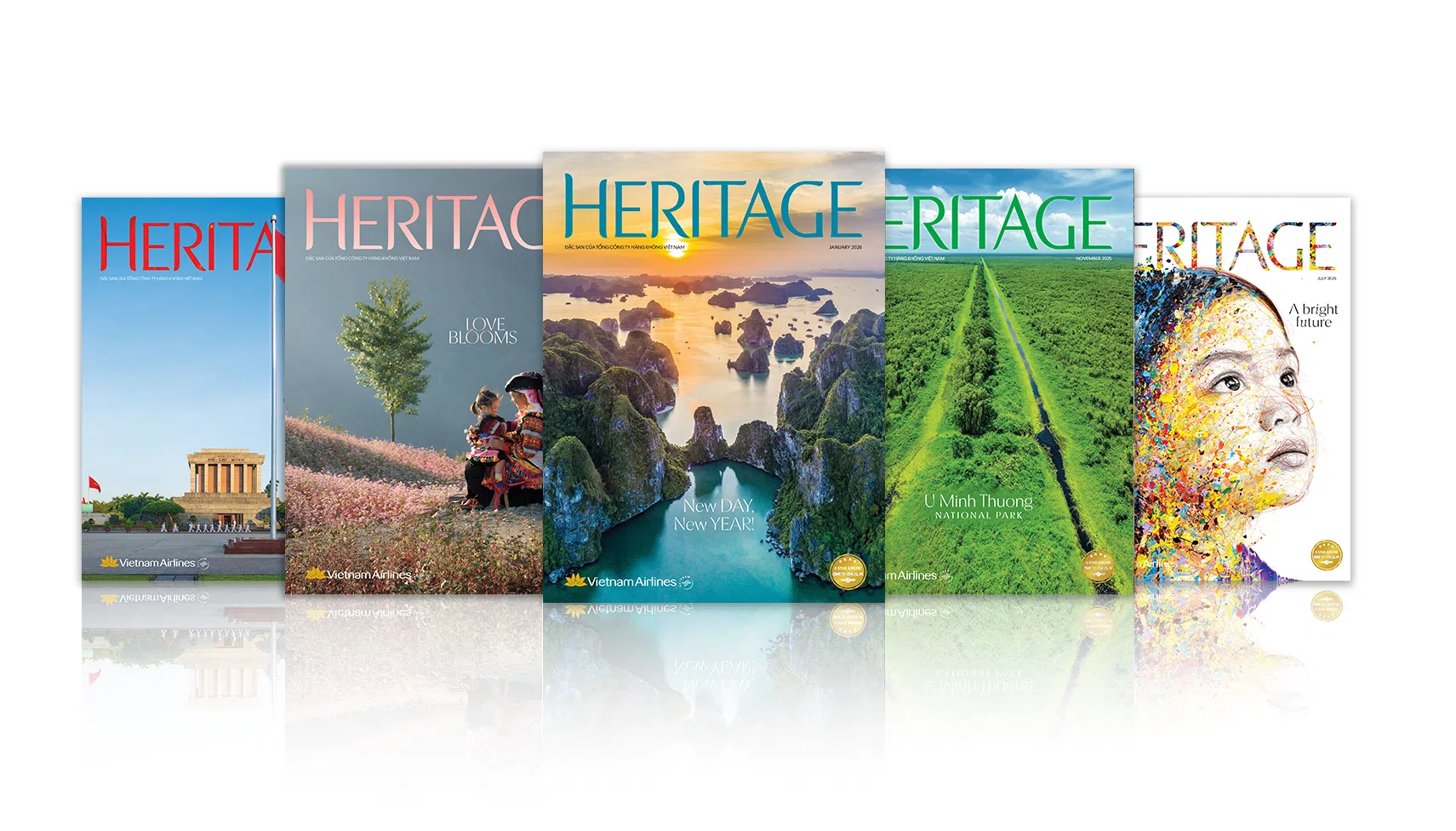Phuong Nguyen
Situated on the northeastern edge of the fertile North China Plain, a bustling capital city emerged over 3,000 years ago and has evolved to this day. The last imperial capital among the four great ancient capitals of China, Beijing is famous for its historic sites, cultural buildings, grand architecture, and rich treasury of arts.

The “immortal” capital of East Asia
The transition from summer to autumn is the “golden” time to journey north, where the maidenhair trees begin to shed their golden leaves. After a short direct flight with Vietnam Airlines, we set foot in Beijing, a capital that has endured for over three millennia and been chosen as the capital of China seven times. We were excited to explore one of the busiest metropolises in East Asia.
In the gentle autumn sunshine, we strolled the streets of Beijing, passing through the Gate of Divine Might and into one of the world’s most renowned architectural complexes. This is the Imperial Palace, also known as the Forbidden City. This grand and splendid palace is one of the most iconic relics in Beijing’s lengthy history. In 1402, Emperor Zhu Di ascended the throne, adopting the royal title of Yongle. To begin his reign, he moved the capital from Nanjing to Beijing and simultaneously laid the first brick for the construction of the Forbidden City. To this day, this monument remains one of the most representative physical and spiritual symbols of both Beijing and China. Through many ups and downs and changes in dynasties and rulers, the Forbidden City was home to 24 emperors throughout the Ming and Qing dynasties, spanning more than 500 years until Emperor Puyi abdicated in 1912.
When discussing the historical scope and size of Beijing’s grand architectural structures, scholars suggest that the Forbidden City is not the largest complex here. That title goes to the Summer Palace, renowned worldwide for its Chinese landscape garden art.
The Summer Palace has existed for over eight centuries under various names. It was rebuilt and restored to its present form during the late Qing Dynasty, around 1888. At that time, Empress Dowager Cixi used five million taels of silver to renovate and construct many structures within the Summer Palace, creating one of the world’s largest and most beautiful landscaped parks still in existence.
As well as admiring the Summer Palace for its masterful architecture, architects and historical geographers consider it a perfect example of a meticulous feng shui layout, embodying the harmony between the three elements of Happiness, Prosperity, and Longevity. This was the aspiration of Empress Dowager Cixi when she renovated this site.
Modern science was applied to discover the design secrets of the Summer Palace, with researchers eager to know if the layout actually represents the concepts of Happiness, Prosperity, and Longevity, and if so, how this has been manifested. A pivotal breakthrough came when researchers obtained satellite images of the Summer Palace with ultra-high resolution and infrared photographs. These images confirmed the site’s unusual layout. The Summer Palace ingeniously utilizes the surrounding landscape of rivers, lakes, and the long narrow embankments that run along the nearby lakes’ edges. What stands out is a harmonious blend of peach, bat, and turtle motifs – three symbols associated with the concepts of Happiness, Prosperity, and Longevity in traditional Chinese culture. That the site’s entire layout conjures up these three symbols was either hidden or forgotten over time but reconfirmed by modern technology.
We continued on to visit the Temple of Heaven and the Great Wall of China amidst splendid autumn scenery. Walking on ancient stone slabs, we silently admired what the ancients had created and what generations of Chinese people have preserved and passed on to their descendants.

Beijing: a city of the future
With a population of over 20 million, Beijing has long been China’s second-largest city. It owns the central position of political power, culture, science, education, and sports. Beijing is also one of the rare cities to have hosted both the Summer and Winter Olympics within just two decades (2008 – 2022).
Walking along the spacious boulevards of Beijing’s economic center, or enjoying some evening shopping in bustling Wangfujing, one can truly appreciate the city’s impressive economic and commercial development. Beijing’s per capita GDP is now among the top four leading cities in China.
Parallel to economic achievements, extensive international integration has taken place. This is clearly demonstrated through a series of modern architectural monuments erected in Beijing since the 1990s. Within 30 years, this city has truly been transformed in many areas. With Western influences, modern Chinese architecture has seen a new style called Eclectic European. This represents a fusion of traditional Chinese elements with the avant-garde modern style of Europe. Notable contemporary structures in Beijing include the National Stadium (Bird’s Nest), the CCTV Headquarters, and the National Centre for the Performing Arts (the Egg-shaped building). These have contributed to creating an internationally acclaimed face for the city.
Our brief days exploring China’s magnificent capital ended too swiftly. The journey left deep impressions of a city at the crossroads of a glorious past and a present in which it is eager to merge with the modern tide and continue its endless evolution.










